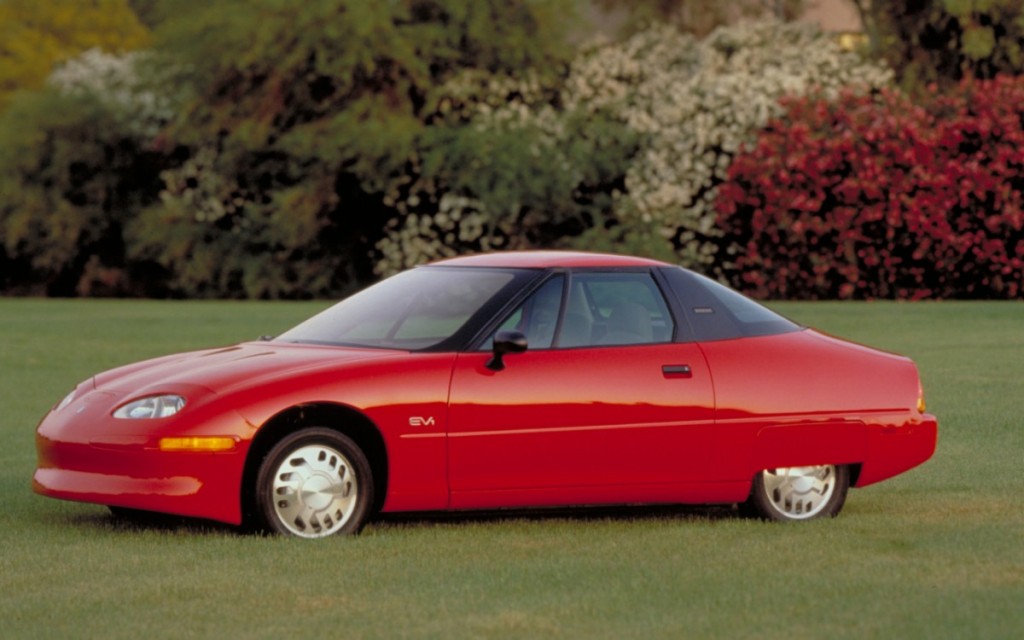The National Highway Traffic Safety Administration (NHTSA) is considering whether to apply a recently implemented rule to millions of older vehicles. The rule requires EVs and hybrids to have noisemakers to alert pedestrians.
Passed in 2018, Federal Motor Vehicle Safety Standard (FMVSS) 141 requires EV and hybrid passenger cars manufactured on or after March 1, 2021, to emit noises at speeds below 19 mph to alert pedestrians to their presence. These vehicles were deemed too quiet otherwise because of their lack of engine sounds.

2014 Mercedes-Benz B-Class Electric Drive
In July 2022 the NHTSA received a petition (first spotted by Teslarati) asking that FMVSS 141 be applied to all EVs and hybrids on U.S. roads. Submitted by Sidney Firstman, of Highwood, Illinois, the petition argues that the March 2021 implementation date is arbitrary, that vehicles built before that date pose the same risk to pedestrians, and that therefore the lack of noisemakers on all older EVs and hybrids constitutes a safety defect.
The NHTSA has since begun an investigation into these claims covering vehicles built as early as the late 1990s. The oldest vehicle listed is the General Motors EV1 from 1997, although given the retirement or destruction of most of the fleet, that's not likely to have much real-world impact. All told, the investigation lists 938 associated products, totaling 9.1 million individual vehicles.

1996 General Motors EV1
It's unclear how the investigation will play out, but it is worth noting that there was a big gap between passage of the noisemaker rule and its implementation. The rule was passed in 2010 but not finalized until 2018. Automakers were then given several extensions on the deadline for implementation, the last of which came in 2020. The NHTSA also last year said no to driver-selectable sounds for these noisemakers.
It is very unusual for the NHTSA to open an investigation from one petition, and if seriously considered and extended back to even one of the extension dates, this may mark several auto-safety firsts.












